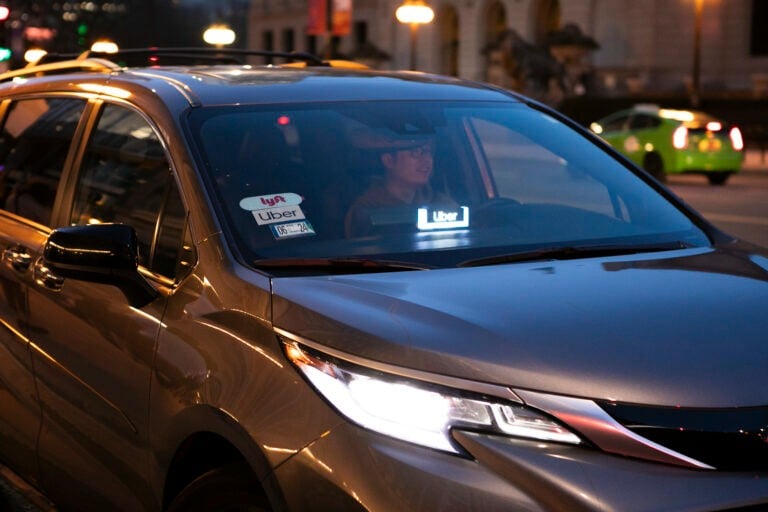A new study conducted by researchers at the University of Illinois Chicago (UIC) has found that one-third of ride-share drivers surveyed reported being involved in a crash while working. The study, recently published in the Journal of Safety Research, is the first to quantify the frequency of crashes among ride-share drivers.
The researchers analyzed survey responses from 277 ride-share drivers who self-reported their history of crashes and driving behaviors. They found that using a cellphone, driving while tired, or driving on unfamiliar roads increased the likelihood of a crash.
“It’s a relatively new profession, so there’s a lack of information around injury and morbidity in ride-share drivers,” said lead author Brett Shannon, a doctoral student at UIC’s School of Public Health.
While all drivers are at higher risk of a crash when driving while distracted or tired, ride-share drivers are uniquely susceptible to these conditions. They use their cellphones to get information about new passengers and often drive as a second job, which makes them more likely to be tired on the road.
However, coauthor Lee Friedman, a research professor in the School of Public Health, suggests that a bigger distraction for these drivers may be their customers. “You’ve got a stranger entering your vehicle. They may be unruly. They may be drunk,” he said. Not only can something go wrong — the driver can crash or the passenger might get sick vomit in the backseat — but the driver likely is driving their personal car. This and other factors may add even more stress and distraction while driving.
The study was based on a small survey group, and the researchers have more studies in the works to explore the issue further. They have received grants from the National Institute for Occupational Safety and Health and in Australia to conduct more in-depth surveys of ride-share drivers about their working conditions. They are also gathering crash data from the Illinois Department of Transportation to explore factors in ride-share crashes, such as weather, road conditions, who was in the car, and what was happening just before the crash.
The authors emphasize that conditions for these gig workers could be improved to increase safety for both themselves and their passengers. Higher wages, for example, would mean drivers might work fewer hours and take more regular breaks. Further information is needed on psychosocial hazards, including shift work, lack of task variety, ergonomic conditions, acute stressors like physical and verbal abuse from unruly passengers, poor job satisfaction, and a lack of managerial support to understand stressors and distractions in this workforce. Additionally, providing more support for drivers who encounter unruly passengers could cut down on stress and, thus, distraction.
“There are a lot of issues around working conditions, work arrangements and the relationship between the company and the driver that could be addressed,” Shannon said.
The study’s findings highlight the need for further research and action to improve the safety and well-being of ride-share drivers and their passengers. As the gig economy continues to grow, it is crucial to understand the unique challenges faced by these workers and develop strategies to mitigate the risks associated with their work.
By addressing issues such as working conditions, wages, and support for drivers, ride-share companies and policymakers can help create a safer environment for both drivers and passengers. As more data becomes available through ongoing research, it will be possible to develop targeted interventions and policies to reduce the incidence of crashes and improve overall safety in the ride-share industry.
If our reporting has informed or inspired you, please consider making a donation. Every contribution, no matter the size, empowers us to continue delivering accurate, engaging, and trustworthy science and medical news. Independent journalism requires time, effort, and resources—your support ensures we can keep uncovering the stories that matter most to you.
Join us in making knowledge accessible and impactful. Thank you for standing with us!

